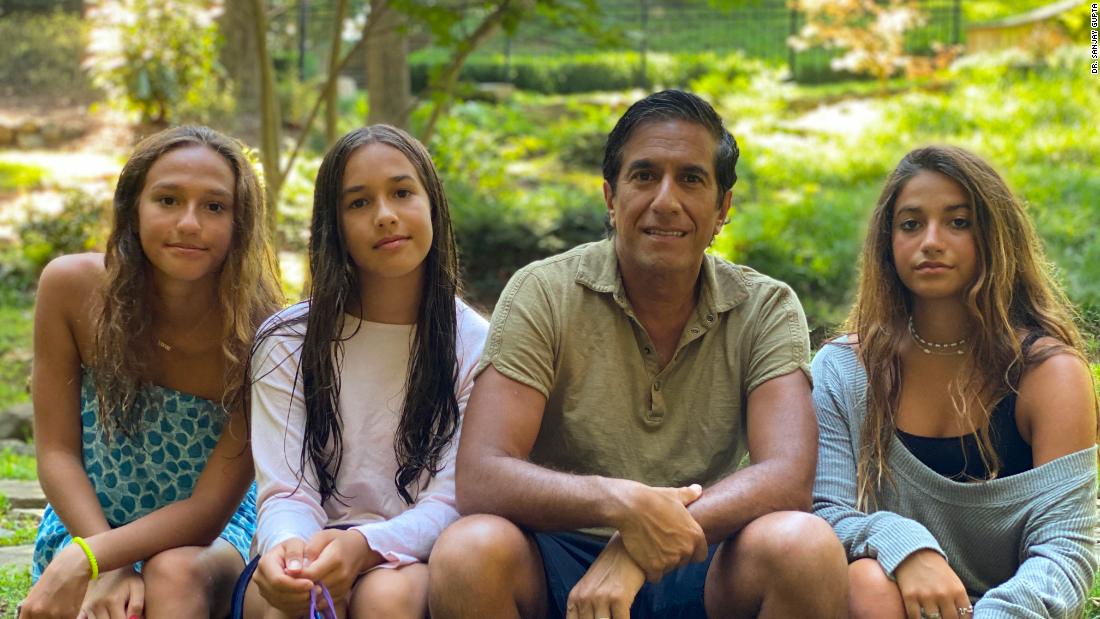
At least 63 of the 101 largest school districts in the country decided to start the year with virtual learning.
Families all over the country are struggling with access to childcare, technology and even food -- all of which can make a physical return to school a necessity.
Knowing my family would have to make a decision about school, we started doing our homework a few weeks ago, looking at the data and existing criteria, to come up with the best science-based choice for us.
For starters, I visited my kids' school and spent time with the head of the school to best understand the safety precautions they were putting in place.
My girls all tested negative, and that gives us some reassurance for those kids who choose to attend school, as those students testing positive will be asked to isolate at home.
According to the CDC, the largest pediatric study out of China found that 90% of children with Covid-19 develop mild or moderate symptoms, 4% were entirely asymptomatic and 6% became severely or critically ill.
By the first week of August, 90 children in the US had died of Covid-19, which represents less than 1% of all deaths, according to an analysis by the American Academy of Pediatrics and the Children's Hospital Association.
As of August 6, MIS-C, a multi-system inflammatory syndrome, was identified in at least 570 kids across the country, ranging in age from less than 1 to 20.
Interestingly, in that same study, children younger than 10 did not account for a significant amount of viral spread.
(When our kids were very young, a single cold in any one of them meant the whole family was going to soon become infected.)
So, I decided to take a closer look at the South Korean study, and noticed a very important detail: It included fewer than 30 positive cases younger than 10 years old.
The low rate of spread among young kids may not have been because they are less likely to transmit the virus, but because they have largely been home over the last few months, and had few contacts as a result.
As our kids become increasingly mobile, they will become part of a large national experiment, and there is little doubt the infection rates will increase.
And, for much of the country, schools haven't even yet reopened.
It is also important to remember that a school community is made up of more than just young students.
It is worth noting that when we started pulling kids out of school around mid-March, there were fewer than 5,000 known cases in the United States and confirmed deaths were in the double digits.
